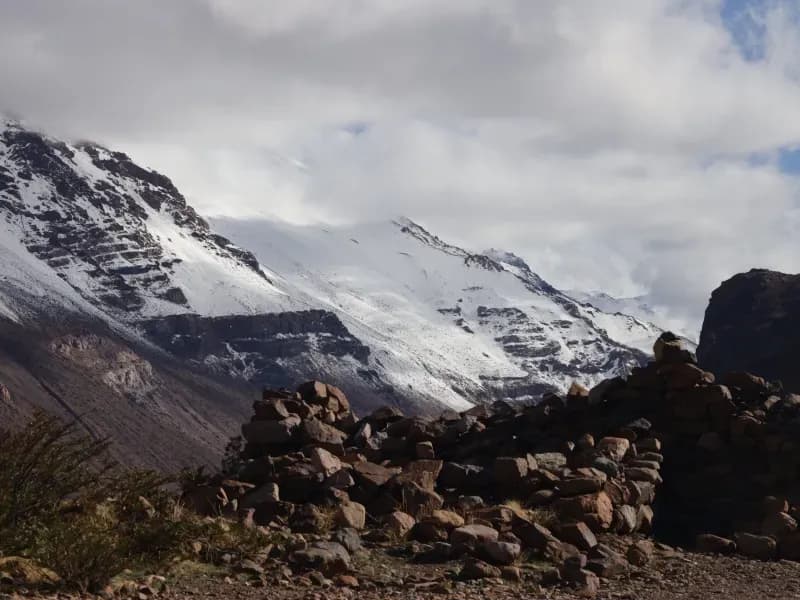Killer Water The toxic legacy of Canadas oil sands industry for Indigenous communities
The Athabasca tar sands in Northern Alberta are the world’s largest known reservoir of crude bitumen.
n Northern Alberta, Canada, sit the Athabasca tar sands—the world’s largest known reservoir of crude bitumen, and a major driver of Canada’s economy. The vast majority of Canadian oil production comes from the extraction and processing of the crude bitumen found in the tar sands. But while Canada prospers off the tar sands industry, Indigenous communities downstream are in the grips of its toxic impact. It is well documented that the people of Fort Chipewyan, in northern Alberta, have been struck by disproportionately high rates of cancer, and their proximity to the tar sands has long been the suspected dominant factor contributing to their sickness.
In a new feature documentary, Killer Water, award-winning journalist Brandi Morin and award-winning filmmaker/director Geordie Day delve deep into the heart of the environmental crisis plaguing the Alberta oil sands, uncovering the hidden truths that have long been ignored. The film exposes the detrimental impact of toxic tailings ponds leakage on the delicate ecosystems, water sources, and human life in and around Fort Chipewyan. Through stunning visuals and compelling narratives, Morin and Day take viewers on a journey that highlights the injustices faced by the Indigenous community living in the shadow of this industrial development.
Block type: relatedStory
{
"id": "68905f1abc7bc4276303a7a7",
"limit": 10,
"blockName": "",
"relationTo": "posts",
"populateBy": "selection",
"selectedDocs": [
{
"relationTo": "posts",
"value": "688aa74f528fec2f63e8dde6"
},
{
"relationTo": "posts",
"value": "68907345a35acedf2dce8f84"
}
],
"introContent": {
"root": {
"children": [
{
"children": [
{
"detail": 0,
"format": 0,
"mode": "normal",
"style": "",
"text": "TEST",
"type": "text",
"version": 1
}
],
"direction": "ltr",
"format": "",
"indent": 0,
"type": "paragraph",
"version": 1,
"textFormat": 0,
"textStyle": ""
}
],
"direction": "ltr",
"format": "",
"indent": 0,
"type": "root",
"version": 1
}
},
"blockType": "relatedStory"
}A bad trade deal: US-EU pact offers a template, which India is keen to avoid
There is a growing sense within sections of India’s government that rushing in to sign a deal on Trump’s terms has its perils, and could lead to such a lopsided trading arrangement.
As US President Donald Trump’s new set of tariffs takes effect from August 7, there is a question that is resonating in New Delhi’s policy circles: What does a bad trade deal look like?
The new trade deal signed by the United States with the European Union perhaps qualifies. Critics of this pact, including politicians in EU member countries such as France, are now openly lambasting the US-EU trade agreement, claiming that “while one side got a deal, the other side got a bill!”
There is a growing sense within sections of India’s government that rushing in to sign a deal on Trump’s terms has its perils, and could lead to such a lopsided trading arrangement. Also, in the Trumpian scheme of things, the countries that have been called “friends” have gotten it worse than others. Being soft has been construed as a sign of weakness by the US administration. From New Delhi’s perspective, it might also be better to wait out till China signs on the dotted line, to discern in comparative terms if India is getting something favourable out of the headline tariff numbers being offered as part of a deal.


